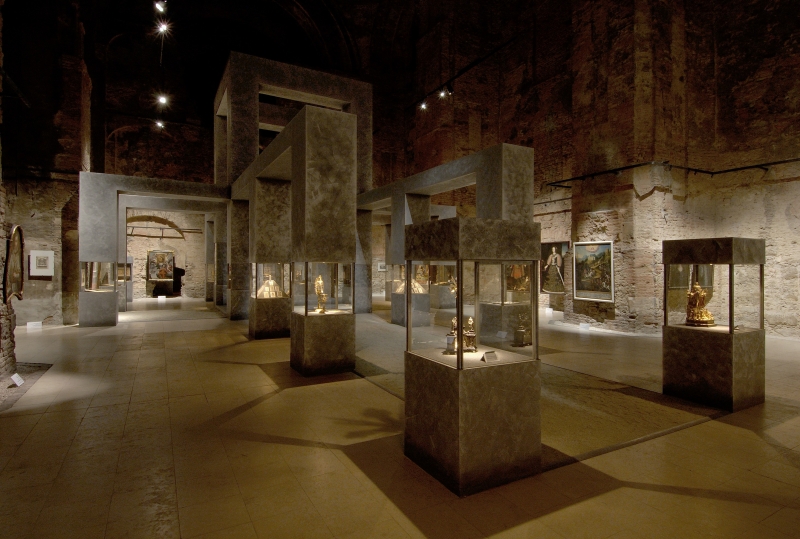- Visitor information
- About us
- Exhibitions
- Temporary Exhibitions
- Permanent Exhibitions
- Past Exhibitions
- 2024/2025 - Life with Honey
- 2024/2025 - WANDERINGS - Lili Ország in Kiscell
- 2024 - Light & City
- 2022 - Gábor Gerhes: THE ATLAS
- 2019/2020 - Shine! - Fashion and Glamour
- 2019 - 1971 – Parallel Nonsynchronism
- 2018 – Your Turn!
- 2018 – Still Life
- 2017 – LAMP!
- 2017 – Tamás Zankó
- 2017 – Separate Ways
- 2017 – Giovanni Hajnal
- 2017 – Image Schema
- 2017 – Miklós Szüts
- 2016 – "Notes: Wartime"
- 2016 – #moszkvater
- 2015 – Corpse in the Basket-Trunk
- 2015 – PAPERwork
- 2015 – Doll Exhibition
- 2014 – Budapest Opera House
- 2013 – Wrap Art
- 2012 – Street Fashion Museum
- 2012 – Riding the Waves
- 2012 – Buda–Pest Horizon
- 2011 – The Modern Flat, 1960
- 2010 – FreeCikli
- 2008 – Drawing Lecture on the Roof
- 2008 – Fashion and Tradition
- 2004 – Mariazell and Hungary
- Virtual museum
- What's happening?
2004 – Mariazell and Hungary
Category:
Mariazell and Hungary. The Memory of a Place of Pilgrimage
 The exhibition staged in 2004 reached back to the earliest history of the “Kiscell castle”, to the age of the Trinitarian monastery. The story of the foundation of the monastery and the designation of the place (Kiscell, by its old German name Klein-Mariazell) cannot be understood without some knowledge of the veneration of the Virgin. Visitors could get acquainted with the Hungarian implications of Mariazell and the affiliated shrines of the place of pilgrimage in Hungary, Óbuda-Kiscell and Celldömölk. A high priority topic of the exhibition was the veneration of sacred images in the baroque age. The over 300 exhibits from nearly 40, mostly Hungarian and Austrian public and private collections included paintings, prints, sculptures, decorative objects and miscellaneous relics. For the duration of the exhibition, the votive statue of Kiscell, removed to the parish church of Óbuda when the Trinitarian order was suppressed upon Joseph II’s order and venerated there for over two centuries, was brought back to the church space. The exhibition was curated by Péter Farbaky and Szabolcs Serfőző.
The exhibition staged in 2004 reached back to the earliest history of the “Kiscell castle”, to the age of the Trinitarian monastery. The story of the foundation of the monastery and the designation of the place (Kiscell, by its old German name Klein-Mariazell) cannot be understood without some knowledge of the veneration of the Virgin. Visitors could get acquainted with the Hungarian implications of Mariazell and the affiliated shrines of the place of pilgrimage in Hungary, Óbuda-Kiscell and Celldömölk. A high priority topic of the exhibition was the veneration of sacred images in the baroque age. The over 300 exhibits from nearly 40, mostly Hungarian and Austrian public and private collections included paintings, prints, sculptures, decorative objects and miscellaneous relics. For the duration of the exhibition, the votive statue of Kiscell, removed to the parish church of Óbuda when the Trinitarian order was suppressed upon Joseph II’s order and venerated there for over two centuries, was brought back to the church space. The exhibition was curated by Péter Farbaky and Szabolcs Serfőző.
